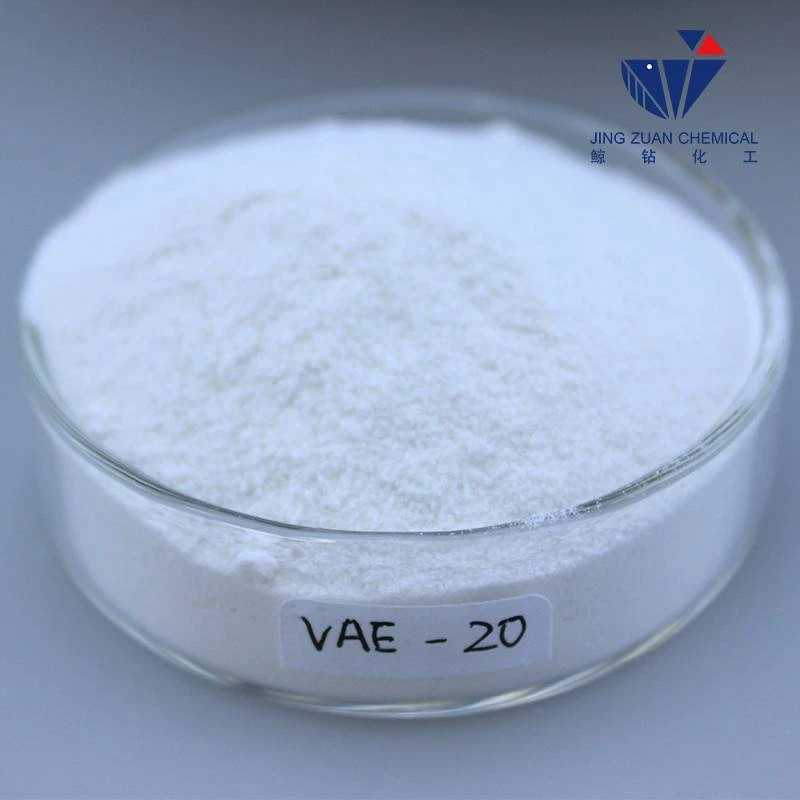
Dec . 04, 2024 10:24 Back to list
How Hydroxyethyl Cellulose is Produced Through Chemical Modification Processes
How is Hydroxyethyl Cellulose Made?
Hydroxyethyl cellulose (HEC) is a widely used biopolymer derived from cellulose, which is a natural polymer found in the cell walls of plants. This compound is celebrated for its versatility and is utilized across various industries, including pharmaceuticals, cosmetics, food, and construction. It serves as a thickening agent, emulsifier, film-former, and stabilizer. Understanding how hydroxyethyl cellulose is made not only sheds light on this important material but also offers insights into its numerous applications.
Raw Materials
The process of making hydroxyethyl cellulose begins with cellulose, which is extracted from natural sources like wood pulp or cotton. Cellulose fibers undergo a series of purification processes to remove impurities and non-cellulosic components. This produces a purer form of cellulose that is ready for chemical modification.
The Etherification Process
The crux of producing hydroxyethyl cellulose lies in the etherification process. This chemically modifies cellulose by introducing hydroxyethyl groups. The most common reagent used in this process is ethylene oxide. The reaction typically occurs under alkaline conditions.
1. Activation of Cellulose Initially, cellulose is treated with a strong alkaline solution, often sodium hydroxide (NaOH). This step is crucial as it activates the cellulose fibers, making them more reactive to the incoming ethylene oxide.
2. Introduction of Hydroxyethyl Groups Following activation, ethylene oxide is introduced. Under controlled temperature and atmospheric conditions, ethylene oxide reacts with the hydroxyl groups present on the cellulose molecule, forming hydroxyethyl groups. This process needs careful regulation of the reaction conditions, including temperature and pressure, to ensure optimal conversion and yield of hydroxyethyl cellulose.
3. Reaction Control The degree of substitution (DS), which refers to the number of hydroxyl groups that have been replaced by hydroxyethyl groups, is a critical parameter that influences the properties of the resulting hydroxyethyl cellulose. By adjusting the concentration of ethylene oxide, the reaction time, and the temperature, manufacturers can control the DS to produce HEC with desired characteristics for specific applications.
how is hydroxyethyl cellulose made

Neutralization and Purification
Once the etherification is complete, the reaction mixture undergoes a neutralization process to stop the reaction. This is typically done using an acid, such as hydrochloric acid (HCl), to neutralize any remaining alkali and remove excess ethylene oxide.
The next step is purification, which often involves several washing steps to remove unreacted materials and by-products. The purified hydroxyethyl cellulose is then typically dried to obtain a fine powder or granules, depending on the intended use.
Quality Control
Before hydroxyethyl cellulose can be commercially distributed, it undergoes rigorous quality control testing. This includes assessing its viscosity, solubility, and degree of substitution. Higher viscosity HEC is desirable for applications needing enhanced thickening properties, while lower viscosity forms can be utilized in solutions where a lighter texture is preferred.
Applications
The versatility of hydroxyethyl cellulose comes from its properties as a non-ionic, water-soluble polymer. In the pharmaceutical industry, HEC is used to create gels and suspensions, improving drug delivery mechanisms. In cosmetics, it enhances the texture and stability of creams and lotions. Moreover, in the construction industry, HEC acts as a water retention agent in cement and mortar mixtures, allowing for better workability and adhesion.
Conclusion
Hydroxyethyl cellulose is an important polymer synthesized through the etherification of cellulose. The process involves careful control of chemical reactions to achieve the desired properties for a wide range of applications. Understanding how hydroxyethyl cellulose is made not only highlights the complexity of its production but also underscores its significance in various industries. As research and technology advance, the potential applications and formulations of hydroxyethyl cellulose are likely to expand, making it an essential material in our daily lives.
-
Versatile Hpmc Uses in Different Industries
NewsJun.19,2025
-
Redispersible Powder's Role in Enhancing Durability of Construction Products
NewsJun.19,2025
-
Hydroxyethyl Cellulose Applications Driving Green Industrial Processes
NewsJun.19,2025
-
Exploring Different Redispersible Polymer Powder
NewsJun.19,2025
-
Choosing the Right Mortar Bonding Agent
NewsJun.19,2025
-
Applications and Significance of China Hpmc in Modern Industries
NewsJun.19,2025







